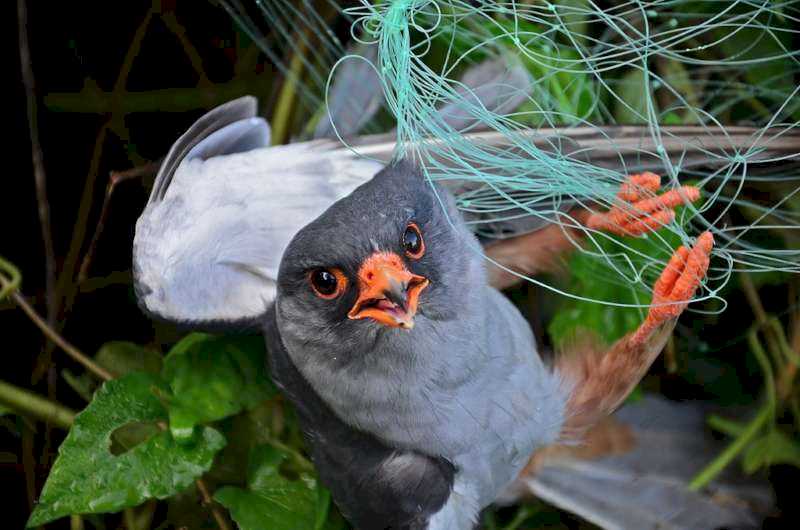In a situation reminiscent of the COVID-19 pandemic, China is currently experiencing a rise in cases of human metapneumovirus (HMPV), a respiratory infection. Social media posts have raised concerns that the virus is spreading rapidly across the country, potentially overwhelming healthcare facilities. However, China has yet to officially declare HMPV as an epidemic.
According to the World Health Organization’s (WHO) Western Pacific Region Office (WPRO) data from December 16-22, there has been an increase in acute respiratory infections across China. These include seasonal influenza, rhinovirus, respiratory syncytial virus (RSV), and HMPV.
HMPV, which has been circulating in China, has seen a significant rise in cases, particularly among children under 14 in northern provinces, as reported by Reuters. This has fueled speculation about the virus potentially reaching India or creating another public health crisis similar to the COVID-19 pandemic.
How Dangerous is HMPV?
HMPV causes flu-like symptoms, primarily affecting the upper respiratory system, though it can occasionally lead to lower respiratory infections. The virus is more common during the winter and early spring months. Symptoms of HMPV are similar to those of the flu or the common cold, and it can be transmitted through coughing, sneezing, or physical contact.
There are no distinctive symptoms to differentiate HMPV from COVID-19, but health experts recommend taking precautionary measures such as wearing masks in crowded areas and avoiding close contact to reduce the risk of contracting HMPV and other respiratory viruses.
This is not the first time HMPV has been reported. Cases of the virus were previously recorded in the US, Canada and Europe between 2011 and 2012.
In India, no HMPV outbreaks have been reported, according to Dr Atul Goyal from the Directorate General of Health Services (DGHS). He emphasized that general precautions for respiratory infections are advisable, but there is no immediate cause for alarm.
Who Is Most At Risk?
HMPV can cause respiratory illnesses in people of all ages, but it is most commonly seen in young children and the elderly, where it may develop into bronchiolitis, bronchitis, or pneumonia.
While having a history of lung diseases like asthma, COPD, or emphysema doesn’t increase the likelihood of contracting HMPV, it can worsen the severity of symptoms once the infection is contracted. This is also true for individuals with weakened immune systems, including those undergoing chemotherapy or those who have had an organ transplant.
China's Monitoring Efforts
China's National Disease Control and Prevention Administration (NCDPA) has implemented a pilot monitoring system designed to track and manage pneumonia cases of unknown origin. A recent NCDPA statement highlighted a significant increase in respiratory infections during the week of December 16-22. The new protocols require labs to report infections, while disease control agencies oversee and manage the cases to ensure a coordinated response to the ongoing health issue.
Although official reports have not classified the situation as critical, the NCDPA has acknowledged the rise in respiratory infections between December 16 and 22.
Key Facts About HMPV Infection
According to the American Lung Association, children, the elderly, and individuals with weakened immune systems are most vulnerable to complications from HMPV infection.
HMPV is spread through close contact with infected individuals or by coming into contact with contaminated surfaces. It typically causes common cold-like symptoms that last for 2-5 days and resolve on their own.
Most children who contract HMPV are under the age of 5. However, a small percentage (5-16%) of children may develop lower respiratory infections, such as pneumonia.







